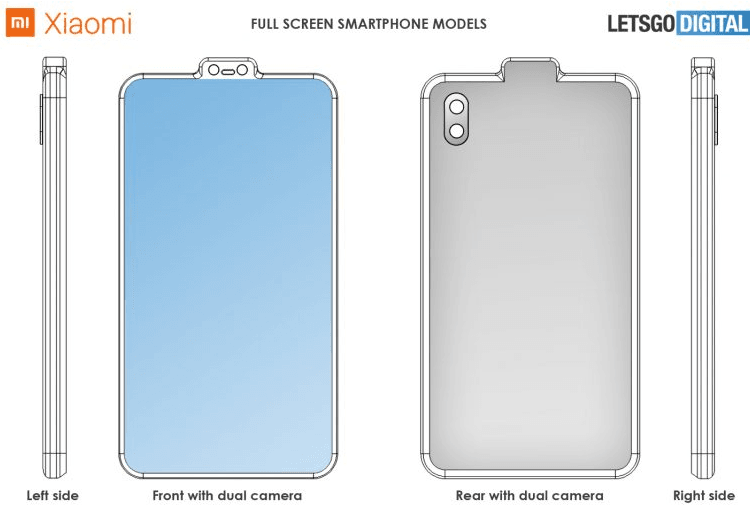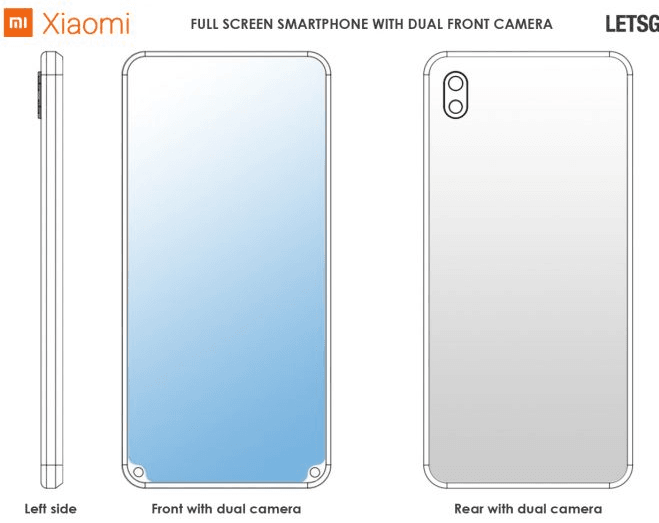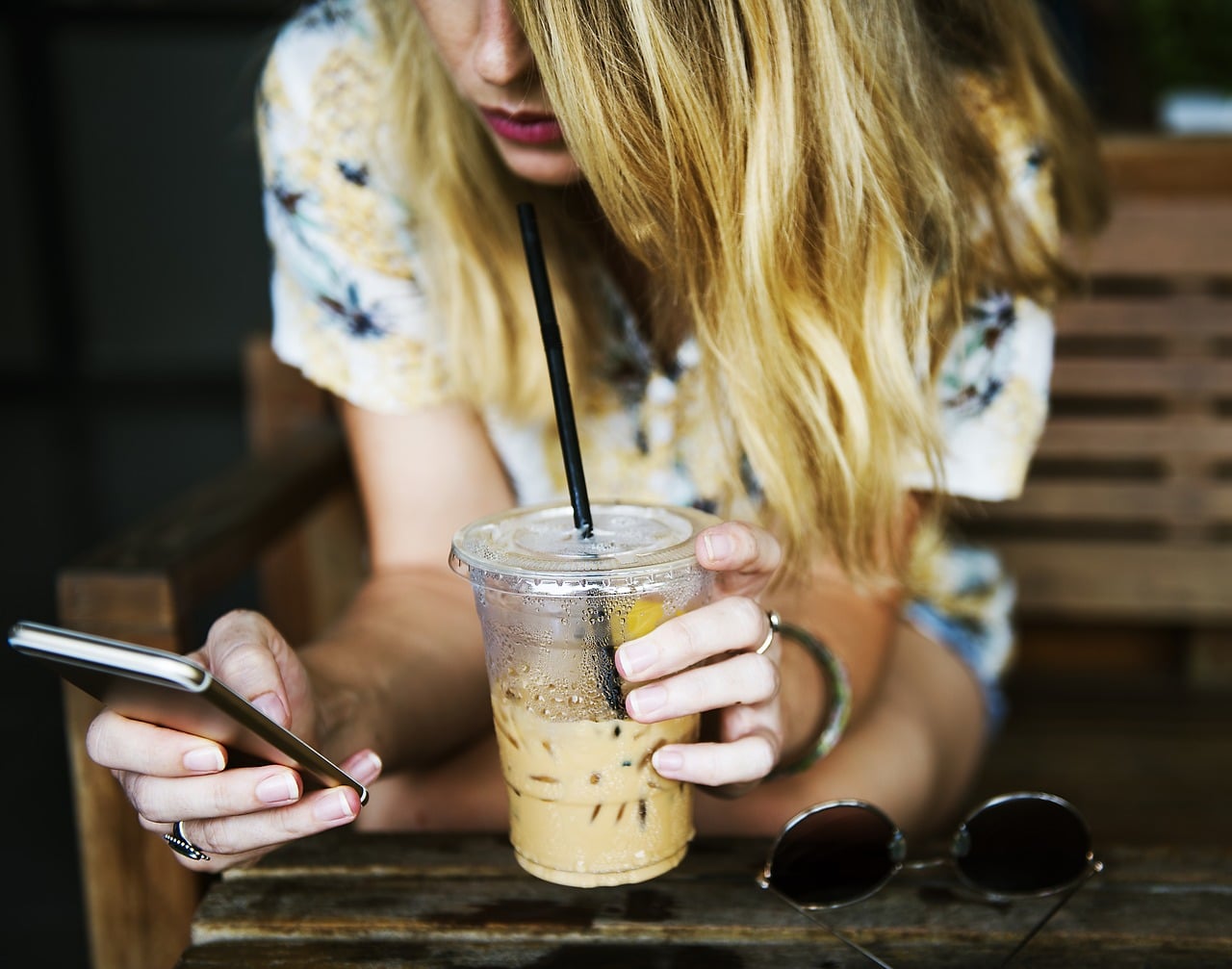There is no limit to innovation. This statement has become even more accurate for the smartphone industry than for others, and Xiaomi has proven it yet again. Phones with a notch are a common thing now, and the Chinese company has gone a step further and filed a patent for a phone with a protruding notch or reverse notch.
Xiaomi patents an innovative design
Almost all smartphone makers have adopted notched designs since they were popularized by Apple with the iPhone X in 2017. Placing a notch on the screen allows smartphone makers to increase the screen size and enhance the smartphone experience. The notch typically features a selfie camera and a few sensors.
Over the past couple of years, smartphone makers have experimented with different notch shapes, such as a water-drop notch, a bigger notch, and a relatively smaller notch. Some have also experimented with the positioning of the notch, such as placing it at the top-middle.
Still, many users don’t like the notch, which has forced smartphone makers to look for alternatives, such as a pop-up camera or slider mechanism. Now Xiaomi has patented an innovative position for the notch that many wouldn’t have thought of. The company applied for the patent in mid-2018, and it was published on Apr. 23.

The Chinese company patented a smartphone design with a phone with a protruding notch sticking out the top. The patent sketches show several variations of a phone with a reverse notch connected to the top edge. LetsGoDigital developed its own renderings based on the patent sketches.
How is a phone with protruding notch better?
Most of the sketches show the reverse notch featuring a dual-lens front-facing camera. Some sketches also show earpiece for the phone. The common features of all the sketches include a dual-lens selfie camera setup, an edge-to-edge display and an earpiece on top of the display. Some sketches also show a vertical dual-lens rear camera setup.
The back side of the notch is empty. It could be used for the phone’s branding or to house the flash. Moreover, the sketches don’t show any physical fingerprint sensor, suggesting the company could opt for an in-display scanner.
A protruding notch is a completely new design, and it offers a couple of benefits over the conventional way of including a notch. Xiaomi’s concept allows for more screen real estate with cameras and sensors placed above the display. This also means a more pleasant viewing experience compared to phones with a standard notch, which cuts into the screen when watching a video. Moreover, such a design would allow the phone to be made more water-resistant.
As of now, there is no information when or if such a phone will be launched. It is just a patent for now, so it’s unclear if it will ever be converted into a final product. It is common for tech companies to file patents regularly, but not all patented technologies are worked on.
Other experiments with the notch
This is not the first time we have seen Xiaomi experimenting with a notch. Earlier this month, the company patented two designs. Both designs differed from others and each other in the placement of the notch.
In both designs, the notch is placed at the bottom of the display, unlike at the top in current phones. The first design places a standard notch at the bottom-middle of the screen. For the second design, Xiaomi has split the notch into two equal parts, placing one in the lower-left and the other in the lower-right corner of the phone. Both parts feature one camera each.

In fact, Xiaomi adopted a similar design with the Mi MIX, in which the camera was placed at the bottom. Since the front camera is positioned at the bottom, users are required to position the phone upside down to take selfies or during video calls.
A notch at the bottom is more aesthetically pleasing than a notch at the top. Since our eyes focus more on the top of the screen than the bottom, a notch at the bottom gives users better viewing experience. With Android 9, Google started supporting a notch at the bottom as well.





